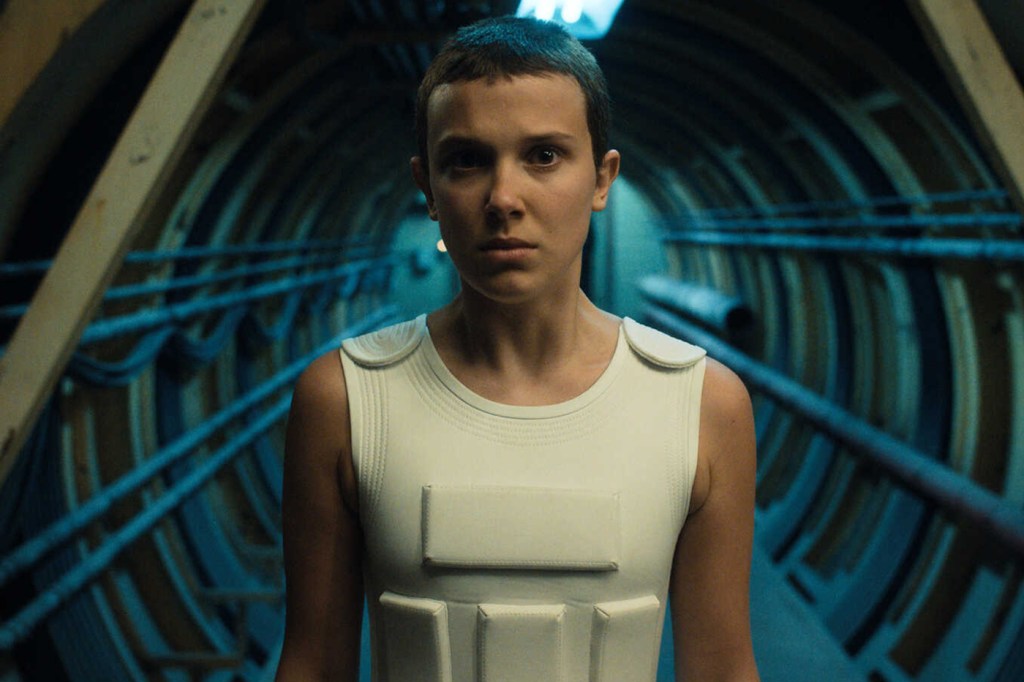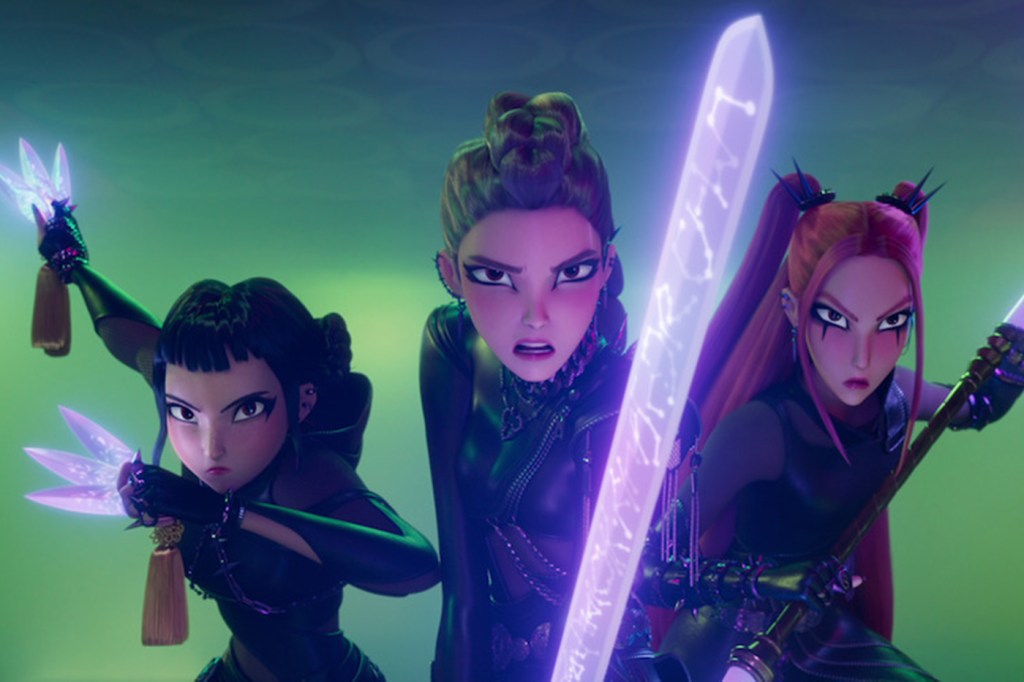Why is Netflix’s ‘Stranger Things’ so popular? It starts with Sigmund Freud.

Eleven, the Upside Down, Vecna, the Mind Flayer. If those words read like gibberish to you, then you’re behind on one of the largest pop culture sensations of the decade: “Stranger Things.”
Even before its supersized fourth season wrapped up this past weekend, Netflix’s 1980s set sci-fi epic was one of the streamer’s biggest hits, one of the last remaining watercooler shows that could create conversation in an increasingly fractured TV landscape. The show is setting Netflix viewership records and is so popular that the flood of fans, hoping to binge the last two episodes upon release last week, crashed Netflix entirely.
Why have people fallen head-over-heels for “Stranger Things”? William Sharp, an associate teaching professor of psychology at Northeastern, has an idea–and it starts with Sigmund Freud.
Freud, the Austrian psychologist and founder of psychoanalysis, is well-known for his theory of the unconscious, which includes the concepts of the id, ego and super-ego. Sharp, who also operates a private practice in Brookline Village a few miles from Northeastern’s Boston campus, recently co-authored an article with Kevin Lu, of the University of Essex, and Greta Kaluzeviciute, of Derby University. It examines the themes, setting and characters of “Stranger Things” from a psychoanalytical perspective. Sharp says the Freudian concept of the unconscious–that there are repressed or dormant ideas and memories that can reappear in our conscious minds–is central to “Stranger Things.”
Look no further than the Upside Down, an alternate dimension that exists alongside, or underneath, the show’s sleepy Indiana town, Hawkins.
The Upside Down is a world of shadow, smoke and monsters, with fleshy vine-like tendrils gripping every corner of this twisted mirror version of the world inhabited by the residents of Hawkins. It’s the primary source of the show’s increasingly intense horror, but it’s also “a great metaphor for the idea of the unconscious,” Sharp says.
“We’re mostly aware of our reality, but we’re being influenced by this thing that looks similar but is just different enough that it freaks us out,” Sharp says. “The idea of the Upside Down is it’s almost like this mirror image of our world. It’s our internal representation of what’s in the outside, but it’s not quite right. It’s off enough that we know it’s off, and that’s what scares us because it’s so close.”
One of the reasons the show has connected with audiences, Sharp says, is how it uses nostalgia for a bygone era to ground the horror in something familiar. The Duffer Brothers, the creative force behind “Stranger Things,” use the sights, sounds and feelings of the 1980s to draw viewers, while a steadily encroaching darkness keeps audiences off balance yet intrigued.
“So much of what happens in the [show] speaks to this wistfulness for something we don’t have anymore,” says Sharp, who grew up playing Dungeons & Dragons and working in his local mall like the characters in the show. “We want to go back there, but at the same time we would be afraid if we went back there and it wasn’t exactly like we remembered it.”
That experience is mirrored in the journey of the characters. In its first season, “Stranger Things” was a relatively simple story about a child lost in an alternate dimension and his friends banding together to save him. Now, the characters are in high school, and they have been repeatedly traumatized by inter-dimensional incursions. The world isn’t as black and white as it used to be.
“There really are shades of gray, which now add a whole new level to the Upside Down of being this place of the shadows that we wish were not part of us and which we like to see in other people,” Sharp says.
Despite all the psychic powers and creepy monsters, “Stranger Things” maintains a psychological and thematic core that is focused on the thoughts, feelings and behaviors of its characters, Sharp says. Whether it’s the maternal urge to protect a child or the loss of innocence that comes with adolescence, Sharp argues these universal ideas give stories like “Stranger Things” their mass appeal.
“Fighting against this big bad is something that everyone of every generation resonates with,” Sharp says. “Whether you’re talking about climate change, whether you’re talking about political unrest, civil rights or a monster in a movie, it’s the same kind of universal thing that we can get behind.”
Psychologists will never find an ego, id or super-ego–they are “just metaphors,” Sharp says––but as concepts they can help people to view and eventually understand themselves and the world around them. Some modern psychologists have started to question Freud’s ideas and the psychoanalytical framework. But, as Sharp, Lu and Kaluzeviciute write, it’s a useful tool for analyzing pop culture–and ourselves.
“Hearing the music we loved, seeing the toys we once owned, and revisiting the games we once played hook us in, but we stay with the series because a deeper stratum of the human psyche has been touched and activated,” they write. “We are both fascinated and terrified by what might be lurking around the next corner—what we will find out about our protagonists and what, in the process, we ultimately discover about ourselves.”
For media inquiries, please contact media@northeastern.edu.






